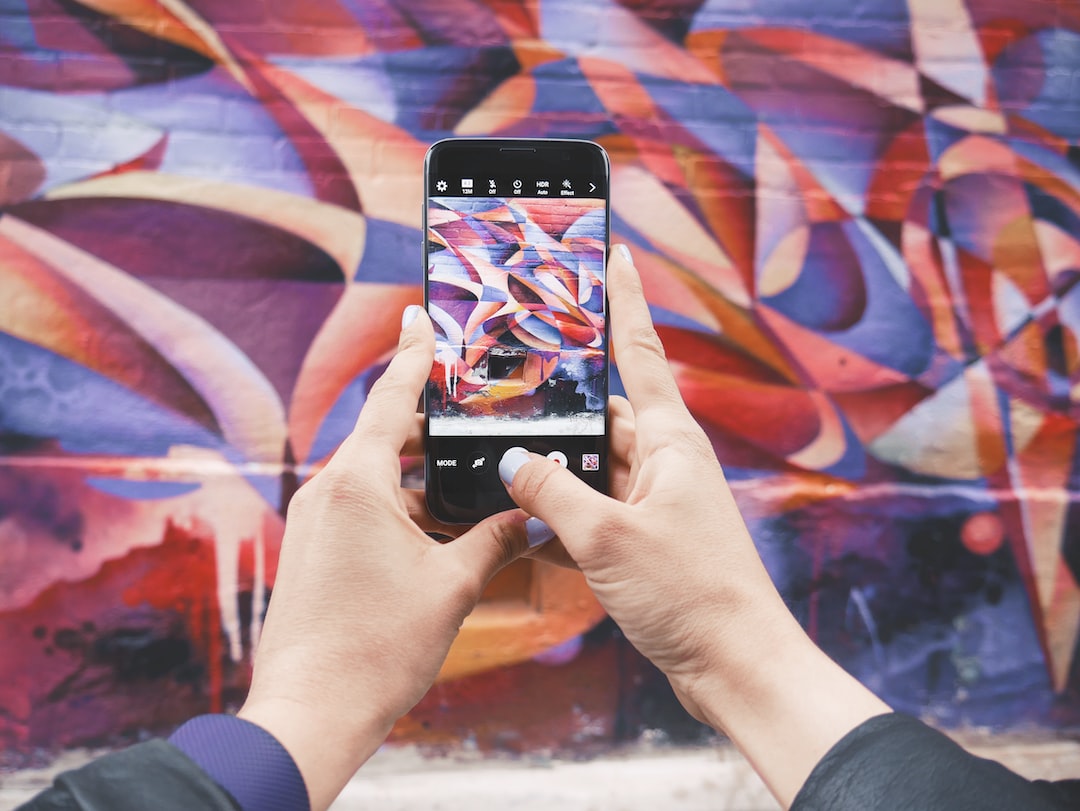Introduction
Social media has become an integral part of modern-day living. With the advent of platforms like Facebook, Twitter, Instagram, and LinkedIn, people from around the globe now have the ability to connect, communicate, and share experiences with ease. However, like any other aspect of life, social media too comes with its own set of pros and cons. In this blog post, we will explore the advantages and disadvantages of social media, highlighting the importance of balancing the digital lifestyle.
Pros of Social Media
1. Connectivity: One of the biggest advantages of social media is the ability to connect with people from all walks of life. Whether it is long-lost friends, family members living abroad, or like-minded individuals, social media platforms bridge the gap between distances and bring people closer together.
2. Information Sharing: Social media acts as a democratising force, allowing people to share information, news, and opinions with a wide audience. It enables users to stay informed about global events, trends, and issues, thus promoting awareness and facilitating discussions.
3. Networking Opportunities: Social media platforms provide immense networking opportunities, both personally and professionally. Businesses can connect with potential clients and expand their reach, while individuals can find job opportunities, join communities, and build a network of like-minded individuals.
4. Creativity and Self-expression: Social media offers a platform for creative expression, where people can share their thoughts, talents, and ideas. From artists sharing their work to individuals showcasing their photography, social media nurtures creativity and enables self-expression in a virtual space.
5. Educational Resources: Social media is not just about entertainment; it also offers a plethora of educational resources. Platforms like YouTube and LinkedIn provide access to tutorials, webinars, and courses, empowering individuals to learn new skills and further their knowledge.
6. Activism and Awareness: Social media has played a crucial role in mobilising communities and raising awareness about social and environmental issues. From online petitions to hashtags advocating change, people have successfully used social media as a catalyst for activism and as a means to bring about positive societal transformations.
Cons of Social Media
1. Distraction and Time-wasting: The addictive nature of social media platforms often leads to distractions and time-wasting. People can easily find themselves scrolling endlessly through feeds, resulting in decreased productivity and detachment from the real world.
2. Cyberbullying and Privacy Concerns: The anonymity and reach of social media can lead to cyberbullying, where individuals face harassment and abuse. Moreover, privacy concerns regarding personal data and information are prevalent, as it becomes vulnerable to hacking and misuse.
3. Social Comparison and Self-esteem: Constant exposure to others’ curated online lives can lead to social comparison and a decline in self-esteem. Individuals may develop feelings of inadequacy or even depression as they compare their own lives with the seemingly perfect lives presented on social media.
4. Reduced Face-to-Face Interaction: Excessive use of social media can lead to a decline in face-to-face interactions. As people become increasingly connected online, they may neglect real-life relationships, leading to feelings of isolation and detachment from the real world.
5. Misinformation and Fake News: Social media platforms have also faced criticism for their role in spreading misinformation and fake news. With the ease of sharing information, there is a higher probability of false or misleading content being circulated, which can have serious consequences on societal perceptions and decision-making.
Finding Balance
While the disadvantages of social media are evident, it is important to recognize that the solution lies in finding a balance between the digital and real-life experiences. Here are a few ways to achieve this:
1. Limit Screen Time: Set specific time limits for social media usage and try to adhere to them. Allocating designated times for social media can prevent excessive usage and allow for more engagement with the real world.
2. Practice Digital Detox: Occasionally disconnect from social media entirely. Taking breaks from social media can help regain focus, reduce stress, and reconnect with real-life activities, relationships, and experiences.
3. Filter and Curate: Be mindful of the content you consume and follow on social media. Unfollow accounts that make you feel anxious, unhappy, or cause feelings of inadequacy. Curate your social media feed to include accounts that inspire, educate, and promote positivity.
4. Prioritize Real-Life Connections: Make an effort to spend quality time with loved ones, engage in face-to-face conversations, and participate in activities that nourish personal growth and wellbeing.
Conclusion
Social media is a powerful tool that has transformed the way we live, communicate, and connect. It has numerous benefits, from enhancing connectivity to promoting awareness and creativity. Nonetheless, it is crucial to acknowledge the downsides, such as distraction, cyberbullying, and privacy concerns. By striking a balance between the digital and real-life experiences, we can maximize the advantages while minimizing the negative impact of social media, ensuring a healthier and more fulfilling lifestyle.

